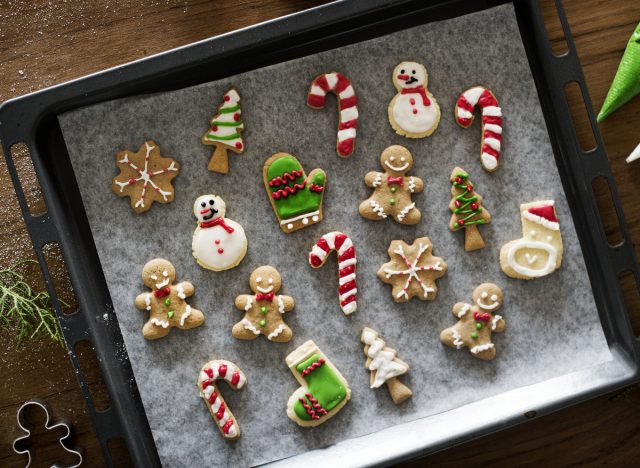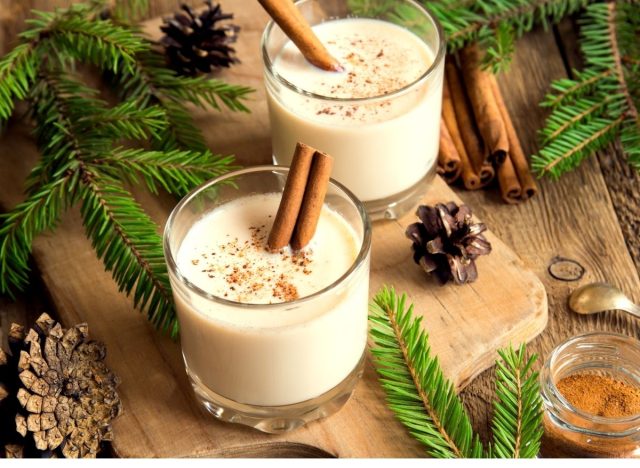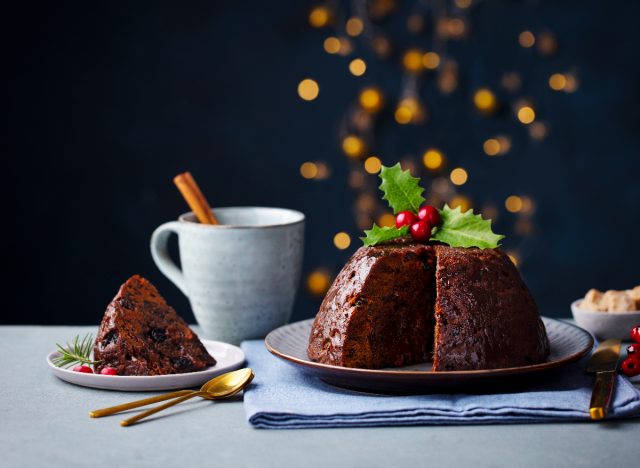Find out the ‘5 Santa Belly Holiday Foods’ The holiday season is undeniably one of the most wonderful times of the year. It’s practically impossible not to enjoy the season’s comforts with so many people devoting quality time with family and enjoying the festive mood.
However, indulging in many high-calorie, rich meals and beverages that can stymie the gains you’ve made with your health and fitness over the year is a prevalent no-no among all the festivity. By no means should you be discouraged from partaking in your favorite holiday delights, but moderation and knowing which foods to limit or avoid are vital steps to take to avoid causing too much harm to your health.
We spoke with Blanca Garcia, RDN, a registered dietitian nutritionist at Blanca Garcia Consulting, to discover more about the worst Christmas foods that give you a Santa belly.
According to a study of many research published in the Journal of Obesity, the holiday season, which begins the last week of November and ends the first week of January, is associated with considerable weight gain in adults. Adults gained 0.4 to 0.9 kilograms (1 to 2 pounds) on average throughout the holiday season, according to the study. Surprisingly, the researchers discovered that even people who were actively trying to lose weight gained weight around the holidays.
We have information on the foods to stay away from this holiday season. Here are 5 Santa Belly Holiday Foods to avoid if you want to avoid developing the dreaded Santa belly.
1. Holiday cookies
If you’re anything like me, the holidays turn you into a living Cookie Monster. (“I’d like a cookie!”) Unfortunately, this indulgence does not benefit your waistline. After all, how did Santa get his tummy in the first place?
“Holiday cookies, while delicious, can considerably add to belly obesity,” Garcia cautions. “The refined sugar in the cookies can cause an increase in blood sugar levels. When your blood sugar levels are excessively high, your body sends it to the liver, where it is processed and stored as fat.”
2. Eggnog
Eggnog ranks first on our list of the worst holiday foods for gaining weight. While eggnog is a wonderful ritual that many people enjoy every year, it contains a high amount of calories that might lead to weight gain. “A single cup of eggnog contains between 250 and 300 calories, which is roughly the same as a full snack,” Garcia explains.
“This drink contains eggs, milk, sugar, alcohol, spices (vanilla, nutmeg, and cloves), and spices. Because its contents are heavy in sugar and have very little fiber to counteract sugar absorption, eggnog can lead to belly obesity.”
Over the holidays, try to limit your eggnog consumption to one cup (or less) every day, as two or more equals a whole meal in terms of calories.
3. Sweet potato casserole
The casserole is a holiday favorite that is simple to prepare and even more delicious to eat. Furthermore, you can easily feed a huge group of people. However, the calories in most casserole recipes can rapidly pile up.
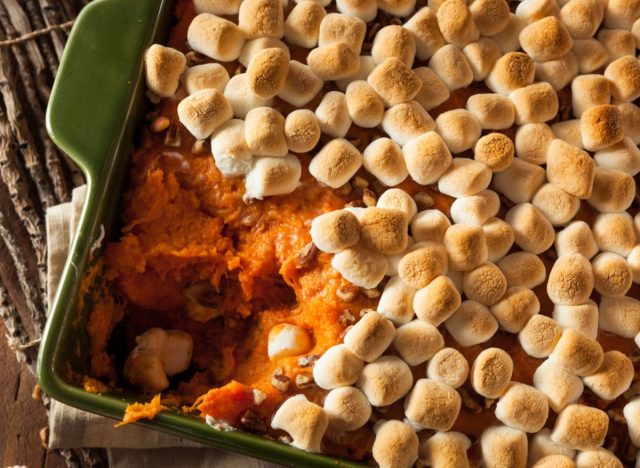
“Common casserole components may include calorie-dense items such as sweet potatoes, butter, sugar, and marshmallows, depending on the recipe. Discuss carbs on carbs, “Garcia explains. Consider having a small portion of casserole and adding more vegetables to your plate for a healthy balance to avoid adding belly fat to your waistline.
Who doesn’t enjoy a delicious pudding after Christmas dinner? While it may be difficult to resist the temptation, doing so can help you avoid holiday weight gain.
“Christmas puddings are typically made with flour, breadcrumbs, sugar, butter, and brandy butter. The brandy butter is made using butter, icing sugar, and a lot of calories. This dessert is high in calories and should be consumed in moderation “Garcia recommends.
5. Tamales
Tamales, a traditional meal in Central America, South America, and several Caribbean Islands, are time-consuming to make and are frequently saved for the Christmas season. “When the holiday season approaches, the #1 dish I advise them about is tamales. Tamales are created by smearing a thick layer of dough over either a maize leaf or a banana leaf, depending on the country of origin “Garcia elaborates.
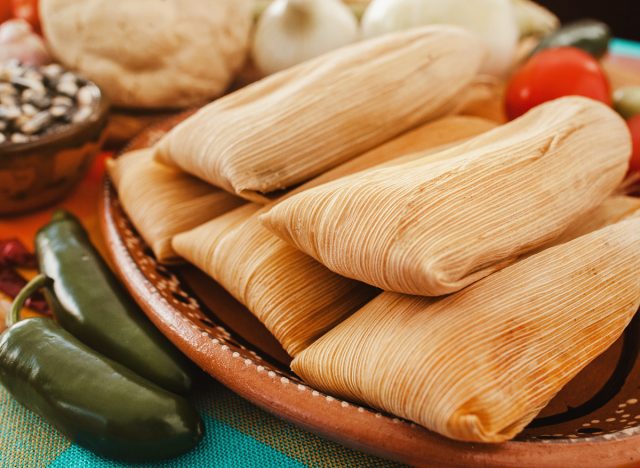
The problem with tamales is that they are high in calories, and most people consume many at once (especially over the holidays). Garcia continues, “Tamales are frequently served at holiday celebrations. If ingested on a regular basis over several weeks, a person might quickly accumulate belly fat if they are not attentive and cognizant of the amount they consume.”



